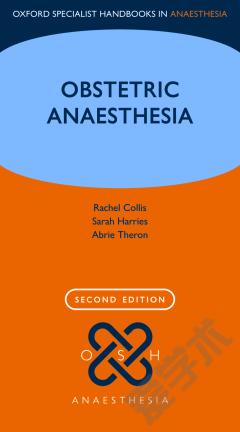Adjuvant Analgesics
Adjuvant analgesics are defined as drugs with a primary indication other than pain that have analgesic properties in some painful conditions. The group includes numerous drugs in diverse classes. Although the widespread use of these drugs as first-line agents in chronic nonmalignant pain syndromes suggests that the term "adjuvant" is a misnomer, they usually are combined with a less-than-satisfactory opioid regimen when administered for cancer pain. Some adjuvant analgesics are useful in several painful conditions and are described as multipurpose adjuvant analgesics (antidepressants, corticosteroids, alpha(2)-adrenergic agonists, neuroleptics), whereas others are specific for neuropathic pain (anticonvulsants, local anesthetics, N-methyl-D-aspartate receptor antagonists), bone pain (calcitonin, bisphosphonates, radiopharmaceuticals), musculoskeletal pain (muscle relaxants), or pain from bowel obstruction (octreotide, anticholinergics). This article reviews the evidence supporting the use of each class of adjuvant analgesic for the treatment of pain in cancer patients and provides a comprehensive outline of dosing recommendations, side effects, and drug interactions.
{{comment.content}}








 京公网安备 11010802027623号
京公网安备 11010802027623号